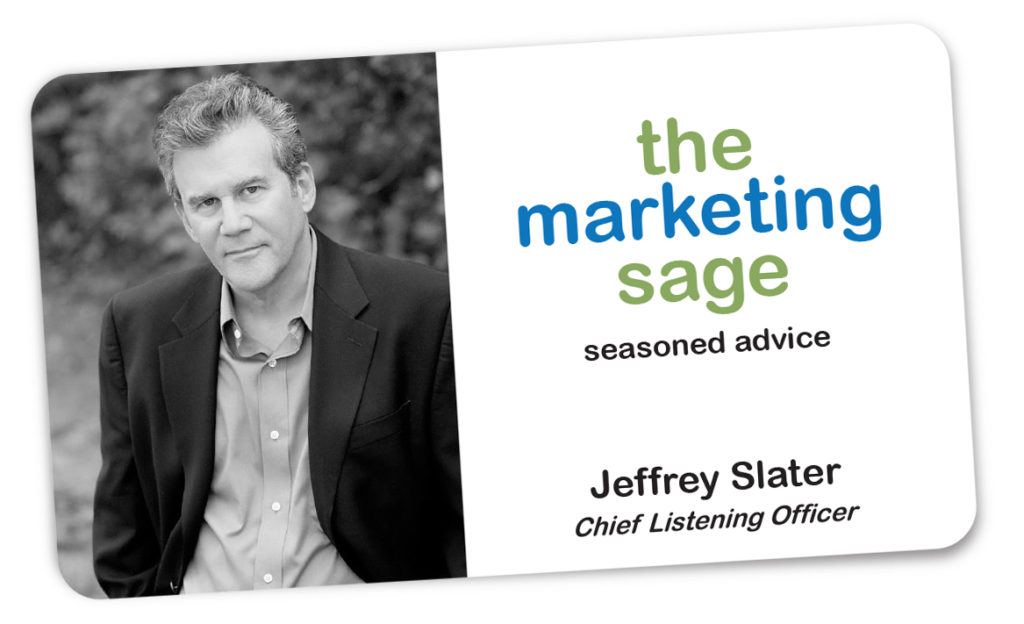Ignoring the Obvious for the Odd & Quirky.
Hear that sucking sound?
That’s everyone within a category rushing toward the middle. To be one of many that follow the rules.
Brands often act like the cast of Clueless trying to be individual and different in the same way as everyone else.
Totally. Whatever. As If.
I have this curiosity when I get tugged into a new brand or business – I want to know, what’s being ignored? What aspect of this marketplace is no one focusing on? What’s the equivalent of the Louboutin red sole in this space?

Can I find an element outside a segment that no one else cares about and ignores?
First, learning a category’s rules helps you understand the conventions, the common, and the everyday. Then you can forget them all. Let them go so you can be a category of one.
Who wants to be average, said no one.
Brand Strategy – Bring Something New to the Party
A few months ago, an agency brought me into a project that needed a fresh pair of eyes for a food venture. They were so close to the brand, and the brand team was so close to the category – that they couldn’t see any way to bring a genuinely new product offering into their category.
They were stuck.
Because of my NDA, I’ll need to disguise the details, but I sent the team on a treasure hunt.
Everyone was assigned a retail location where our product category wasn’t sold.
And they had to find one item that might be a starting point for thinking anew about their marketplace. Each treasure they brought back sparked fresh conversations.
- One person brought in toothpaste, which sparked the question, what if we changed the form of the product and it fits into a tube?
- Another person brought in a folding umbrella and thought, what could we do to transform the product from one thing to another?
- A third person returned from a hardware store with an odd tool that I didn’t recognize but worked with an unusual situation when you had to remove nails and screws in hard-to-reach places. What if we concentrate on a specific condition or occasion no one notices?
- A man who was new to the team went to a toy store and found some games that sparked our thinking about how to gamify the use of the product.
- An executive on the project went to a sporting goods store and brought back several accessories used in a sport that made us think outside of food as we explored new opportunities.
Reframing, Rethinking, Reimagining
Each of our treasures took us in new directions.
What developed from the treasure hunt were several helpful reframes of the challenge.
The team had a new filter to think about the situation, and it ignored the obvious in favor of the odd and quirky.
Over weeks of work, we developed several product concepts that would never come from an industry insider. The ideas were too strange and unconventional – which was the point of the exercise.
The concepts are tested with two sets of consumers – some engaged in the category and others who aren’t raving fans but are infrequent purchasers.
We spent a lot of time thinking about different communities of needs – people who would care about the quirky and quixotic ideas we developed.
The lesson from my treasure hunt was that you need a way to bring a different angle, perspective, or idea from outside your industry. Like the soles of Louboutin shoes, what isn’t getting any love from a brand?
Explore those areas that are ignored. Find unchartered territory. Bring an open mind and a child-like curiosity.
That’s where the treasures are buried.
You can set up a time to chat with me about your marketing challenges using my calendar. Email me jeffslater@themarketingsage.com Call me. 919 720 0995. The conversation is free, and we can explore if working together makes sense. Watch a short video about working with me.
Photo by Girl with red hat on Unsplash
Note: This treasure hunt approach was inspired by someone I worked with in the 1990s, Lew Berey. He had a new products consulting firm. Today his daughter runs a marketing agency called M:Calibrate.





